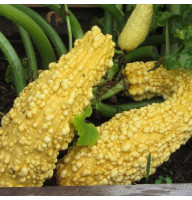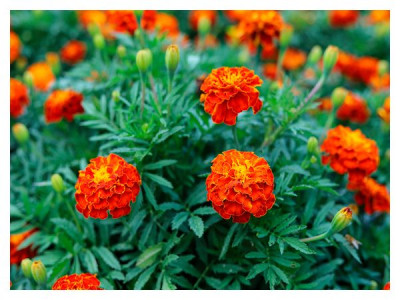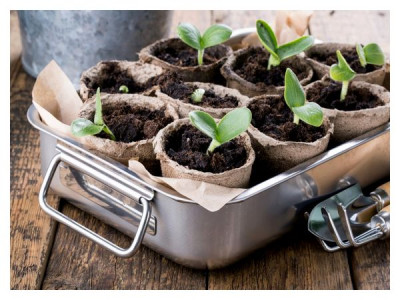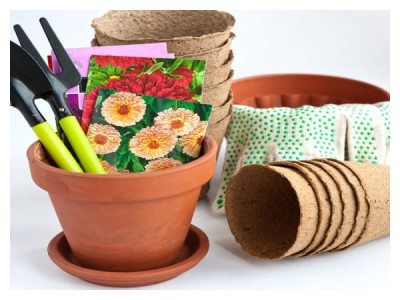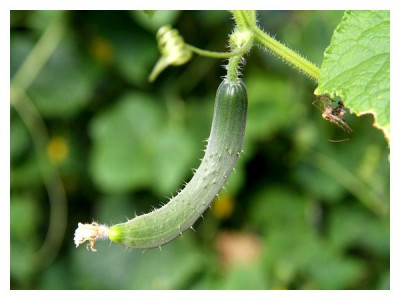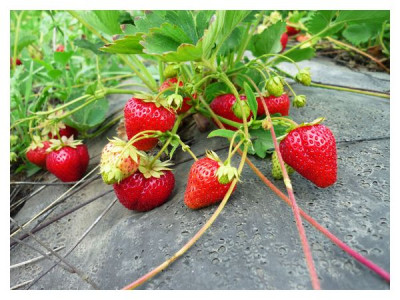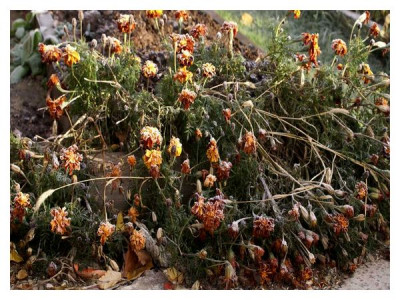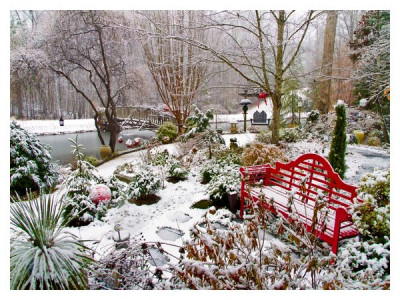As a rule, self-respecting manufacturers provide all the necessary information about sowing and seed germination on the back of a bag of seeds. But what if it is completely absent or differs from firm to firm?

What to consider when sowing seeds
- pay attention to the temperature preferences of each particular plant in order to get seedlings as quickly as possible;
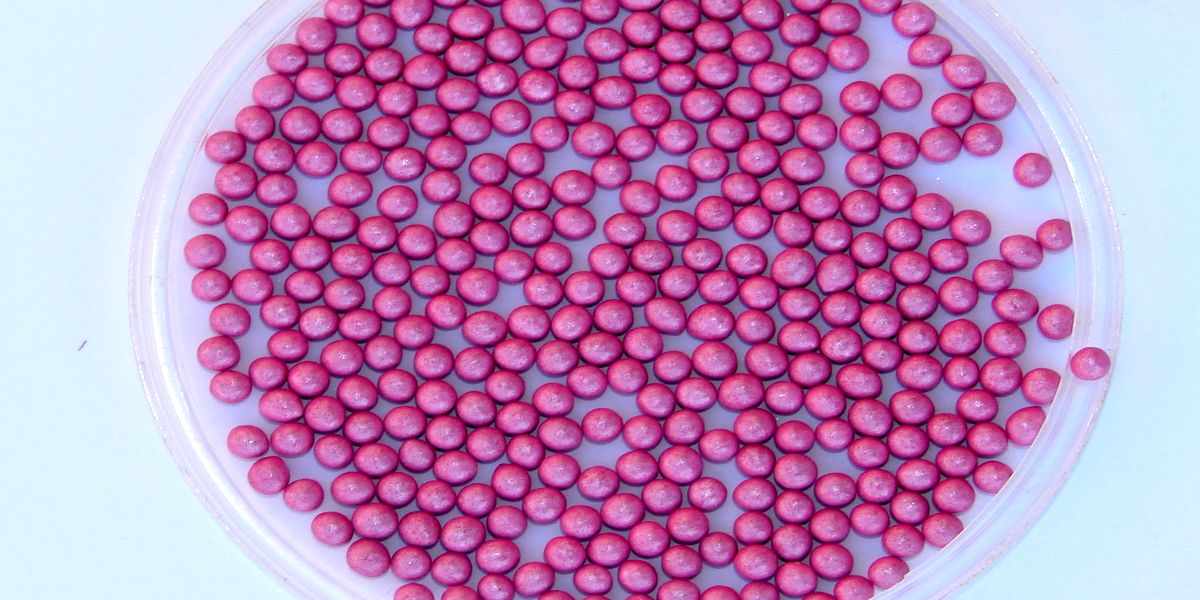
- note that coated seeds germinate longer than untreated ones, so 2-3 days can be added to the period indicated on the bag;
- consider the depth of seeding, buried seeds will germinate longer. Information about this can be found in the specialized literature or seen on the packaging;
- pay attention to the exactingness of seeds to light, individual plants germinate for a very long time or do not hatch at all in the absence of sunlight, or, on the contrary, may die from them;
- be sure to specify the need for procedures that facilitate the germination of seeds of individual plants (scarification, stratification, soaking, freezing, etc.). Otherwise, you may also not wait for shoots;
- do not expect miracles from the use of special stimulants (Prorostok, Epin, Stimulus, HB-101, etc.). They will undoubtedly increase the percentage of seed germination and reduce the time of germination, but only within the biological characteristics of a particular species;
- seeds of Western producers may take longer to germinate, because they are sometimes overdried to increase their shelf life. In order to speed up the germination process, the bubbling method can be used;

At home, a conventional aquarium compressor is used for bubbling. The compressor hose is placed on the bottom of a container (500-700 ml.), Two-thirds filled with water at room temperature. Seeds in cloth bags are placed directly on the bottom of the jar. The time of the procedure depends on the culture. For example, watermelon and pepper - 36 hours; carrots, spinach, onions and melons - 18-24 hours; radish and lettuce - 12 hours; legumes 6-10 hours. After treatment, the seeds are dried and sown.
- keep a diary, recording the timing of the emergence of certain species / varieties in your conditions;
- different varieties and hybrids, despite belonging to the same species, can sprout at different times. It is better not to sow different varieties in a common container.
How to test seeds for germination
Method 1

If you have a lot of seeds of the same species or variety, pre-spread 5-10 pieces on wet cotton pads, place them on the bottom of a plastic container and wrap them in a bag. Be sure to mark the start date of the experiment and check and ventilate the seed container every day. This will make sure that the available planting material is viable and set the exact timing of germination;
Method 2

Before sowing, pour the seeds into a glass of water at room temperature and mix gently, wait a couple of minutes. Those that do not eventually drown are useless to sow.
Attention: this rule does not apply to small-seeded crops. (For example, begonia, petunia, alyssum, lobelia, etc.).

Why seeds may not germinate
If you did everything right, the germination period has long expired, and nothing has turned green in your seed containers, do not blame yourself. There may be a number of objective reasons for your failure:
- low-quality soil. For sowing seeds, especially small-seeded crops, it is better to take soil mixtures from trusted manufacturers marked “for seedlings”. Such soils have a light structure, do not contain lumps and do not form a crust that prevents germination, they are not covered with mold;
- expired seeds. Unfortunately, no one is immune from buying expired seeds;
- seeds have gone deeper than acceptable indicators. This can happen if you water the soil after sowing, and not soak it first;
- seeds suffocated. If the soil is too wet, oxygen will not flow to the seeds, and they will begin to rot. In sowing containers, there must be drainage;
- the seeds were infected. Buy seeds only from trusted companies;
- the seeds are frozen. If the seeds are stored too cold, they can enter a state of deep dormancy, from which they will come out longer than the due date. By this time, many flower growers can already throw away the soil, without waiting for shoots.
To avoid disappointment and to predict in advance what results to expect from your sowing campaign, we advise you to familiarize yourself with the planting information for those plants that you plan to grow on your site.

